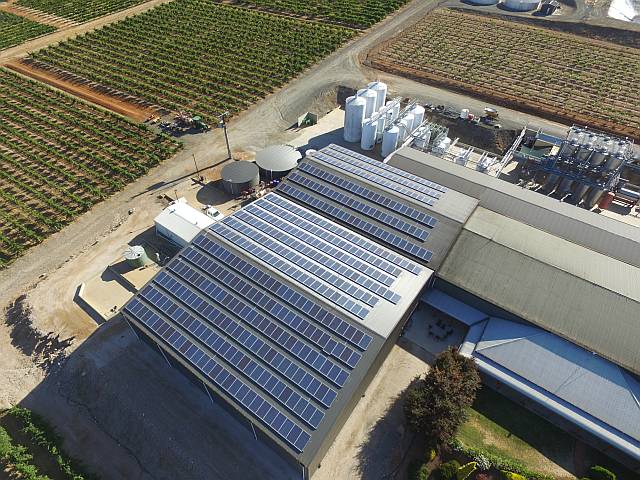|
The scene in early 2018...
-
The burning of fossil fuels was widely recognised as the main cause of climate change, ocean acidification, sea level rise and ocean warming.
The air pollution from the burning of fossil fuels killed millions of people world wide each year.
-
The great majority of people knew that we must urgently change from fossil fuels to sustainable energy;
-
Those who controlled the enormous fossil fuel industries realised that their financial future was threatened. They used their enormous wealth to sow doubt about climate change and to slow the change to renewables;
-
On-shore wind power continued to grow steadily world wide (until a few years earlier the rate of growth was exponential, for the last few years it had only been linear, although the rate of growth was at
record rates in Australia at the time of writing);
-
Off-shore wind power, while much smaller than on-shore, grew at exponentially increasing rates world-wide. (Off-shore wind farms cost around twice as much as on-shore, but many nations did not have the abundant excellent on-shore sites available to them that Australia had.)
No off-shore wind farms had been built in Australia (a situation that remained the same in 2023, in spite of much talk, proposals and planning of off-shore wind farms);
-
Solar photo-voltaic installation continued its exponential growth;
-
Solar thermal, with energy storage, while small compared to solar PV, was growing, but seemed to be suffering because it lacked the economies of scale in solar PV;
-
The number of electric vehicles (which do not need fossil fuels) was increasing exponentially;
-
High-capacity battery manufacture was a huge and fast growing industry;
-
Cryogenic energy storage was being developed;
-
Pumped hydro energy storage installations were increasing world-wide (but very little had been developed in Australia, a situation that remained the same in 2023);
-
Super-capacitor development was looking very promising as another way of storing energy;
-
Energy to hydrogen installations were being built in many places, albeit that most were on a pilot scale;
-
Technology development for converting hydrogen to ammonia and back was making renewable energy export increasingly viable (there was already a well developed liquid ammonia shipping industry);
-
Distributed energy resources where becoming much more common;
- Demand-side-management was being recognised as of fundamental importance in any future energy system (I've written more on this on another page on this site);
Nuclear energy
Nuclear was unattractive at least in part because its cost had increased while the costs of renewable energy had greatly decreased. For example, in August 2017 two partly built nuclear power stations were abandoned in South Carolina, USA, following huge cost blowouts. On top of this Nuclear has problems with:- Lack of social acceptance;
- radioactive waste disposal;
- long lead times needed for planning, obtaining approval, construction and commissioning;
- potential for proliferation of nuclear weapons;
- possible access by terrorists to nuclear materials;
- nuclear power stations would be tempting targets in war time and if bombed would result in huge pollution (in 2023 at least one of Ukraine's nuclear power stations was being threatened by Russia);
- susceptibility to natural disasters such as earthquakes and tsunamis (the cost of cleaning up the Fukushima power station have been variously estimated to US$200 billion to US$660 billion).
Lazard's analysis of power costs
|
In 2017 Lazard produced its latest (at the time of writing this) Levelized Cost of Energy Analysis (Version 11.0). The figures in the table below were extracted from that report; the costs are for the USA, are in US dollars and are for utility-scale installations. I have selected only the figures for on-shore wind, solar PV and their main competitors in non-renewables: gas combined cycle, coal and nuclear.
| Energy source | Cost range in 2017 | Change from 2009-2017 |
|---|---|---|
| Wind | $30-$60 | 67% decrease |
| Solar | $43-$53 | 86% decrease |
| Gas combined cycle | $42-$78 | 27% decrease |
| Coal | $60-$143 | 8% decrease |
| Nuclear | $112-$183 | 20% increase |
Lazard's analysis indicated that in Australia, solar was a little less expensive than in the US and gas power a little more expensive.
Also see Lazard's Levelized Cost of Energy and Levelized Cost of Storage 2018. In it the cost of onshore wind power had decreased by a further 3-7%, solar had decreased a further 13-16%; there was little change in the cost of the other technologies.
The general expectation is that the cost of wind power and especially solar power will continue to decrease.
